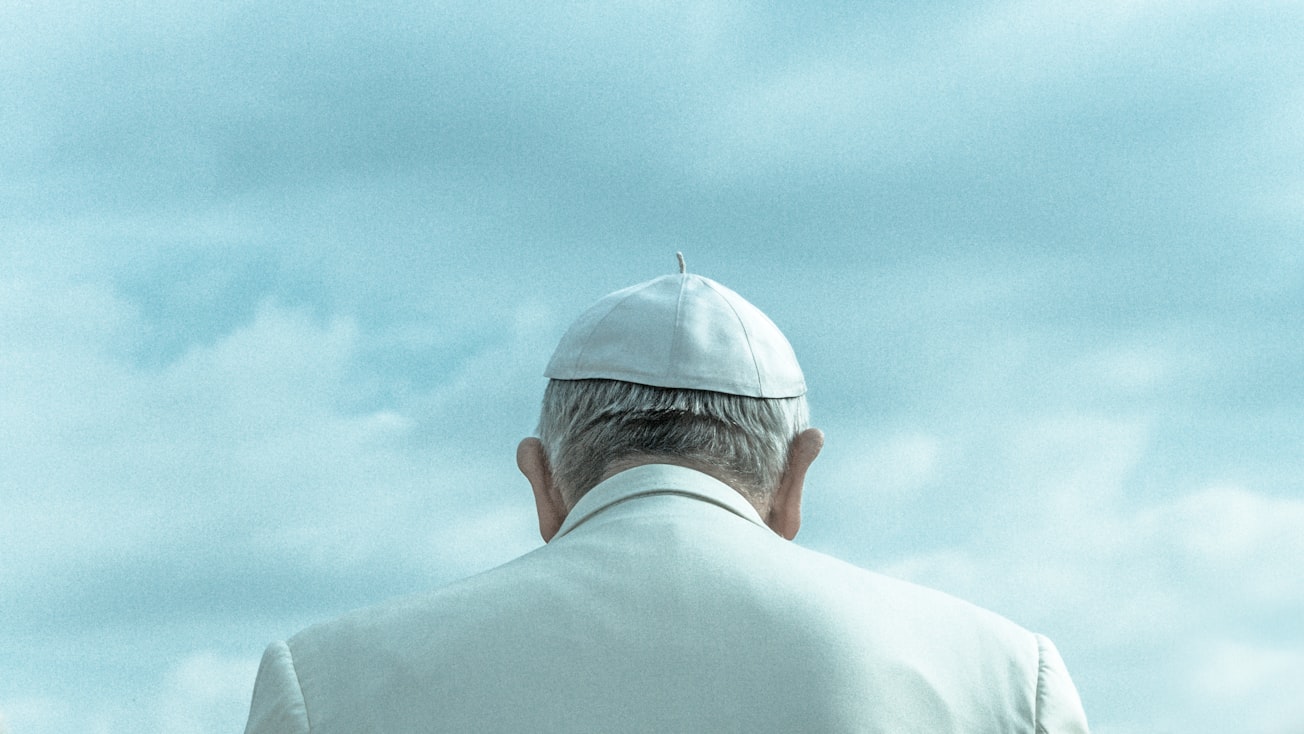What is it about?
Is Pope Francis a diplomat, religious figure, elitist, or humanitarian? Depends on who you ask. It’s relatively easy to frame a written or verbal story through including, excluding, emphasizing, or de-emphasizing information based on intent. Visual framing, though, is subtler, which makes it an effective strategy for communicating ideologies. In order to identify and analyze such ideologies, we thought a comparative approach was necessary. The Pope's 2015 trip to Cuba provided such an opportunity as media organizations from three systems (U.S.-based AP Images, U.K.-based Reuters, and Cuba-based Prensa Latina) documented the trip and allowed us to explore the images they made, the social actors they feature, and the underlying ideologies they express. Francis’s visit contained many components, including protests, diplomatic meetings, parades, Masses, and speeches, yet not all media systems depicted each of these components equally. Differences appeared in whom the pope was shown interacting with, how he was shown (what angle in relation to others), and whether scripted or unscripted action was included.
Featured Image

Photo by Nacho Arteaga on Unsplash
Why is it important?
As information availability is fundamental to citizens’ decision-making, and because mass media provide important tools for guiding and directing public opinion, these visual framing choices are critically important to study and be aware of. Without such awareness, the same event can be depicted in drastically different ways and public opinion of it, which can affect legislation and politics, can be markedly different.
Read the Original
This page is a summary of: Politicians, Photographers, and a Pope, Journalism Studies, January 2017, Taylor & Francis,
DOI: 10.1080/1461670x.2016.1268929.
You can read the full text:
Contributors
The following have contributed to this page







